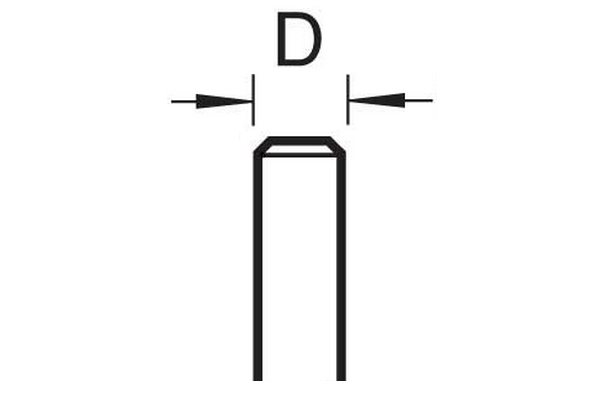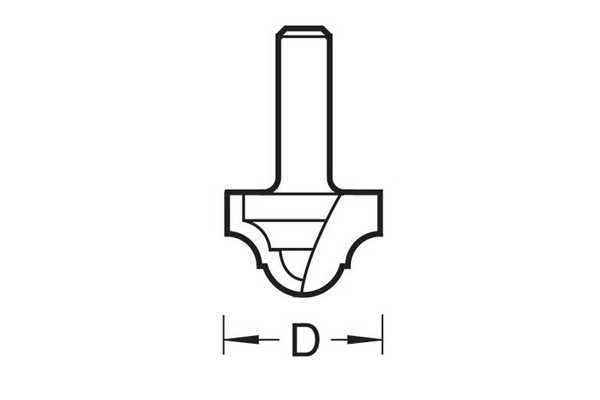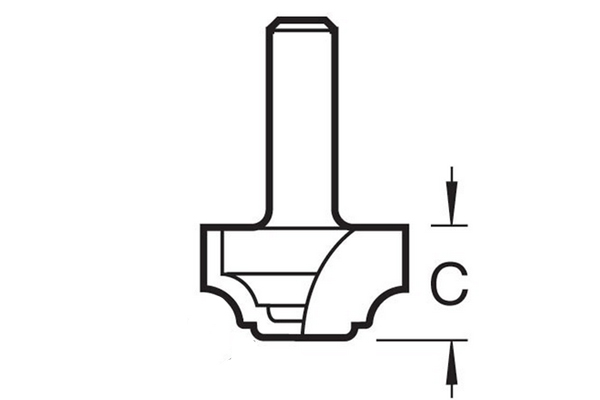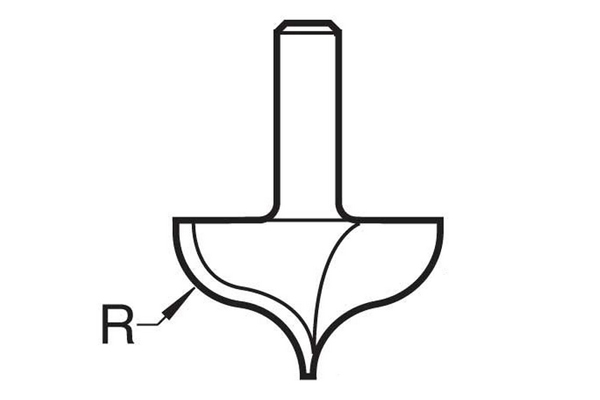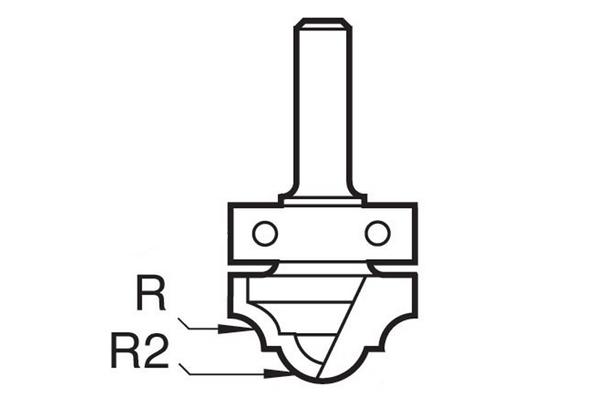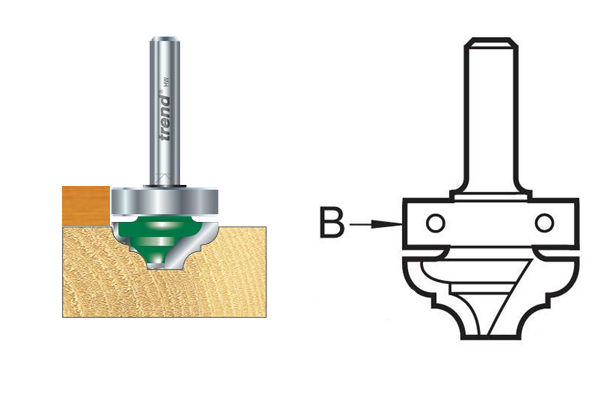What are the different types & sizesof panel moulding router cutter? |
||||
 |
||||
|
There are four main types of panel cutters: |
||||
Radius and dished panel cutters |
||||
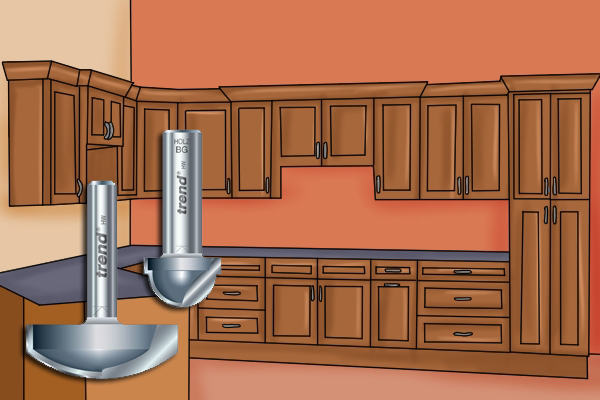 |
These cutters resemble large radius cutters and are designed to rout large curves in the surface of materials. They are typically used on kitchen and cabinet doors. |
|||
Classic panel cutters |
||||
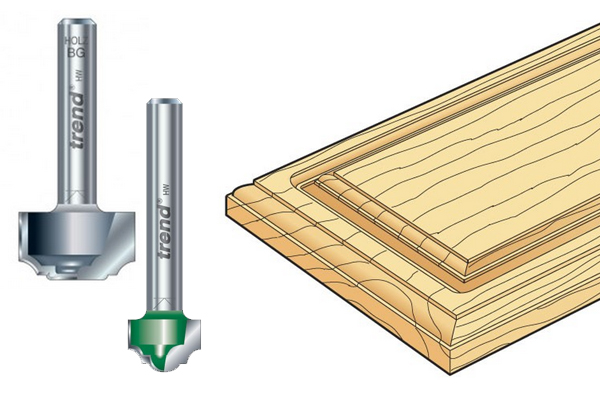 |
These cutters rout traditional moulding profiles, usually consisting of one or two convex and concave curves. They are typically used in drawer fronts and cabinet doors. The ogee panel cutters from the CraftPro range include two cutters with classic profiles and the Professional TCT range includes classic decor panel cutters and classic and cove panel cutters. |
|||
Ogee panel cutters |
||||
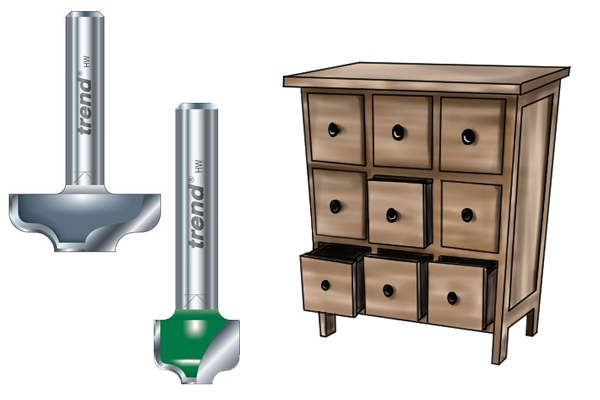 |
Ogee cutters with bottom cut are often called ogee panel cutters and are commonly used to produce decorative cupboard doors and furniture embellishments. The CraftPro range contains a selection of 16 ogee panel cutters and the Professional range has three ogee panel cutters. |
|||
Panel and veining panel cutters |
||||
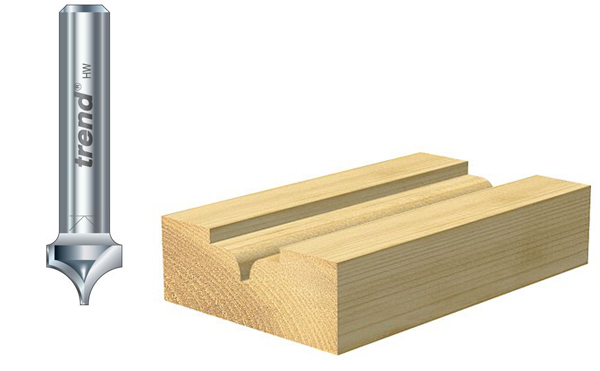 |
These cutters are smaller than other panel cutters. They can be used for producing panels and some veining tasks. |
|||
Which one should you choose? |
||||
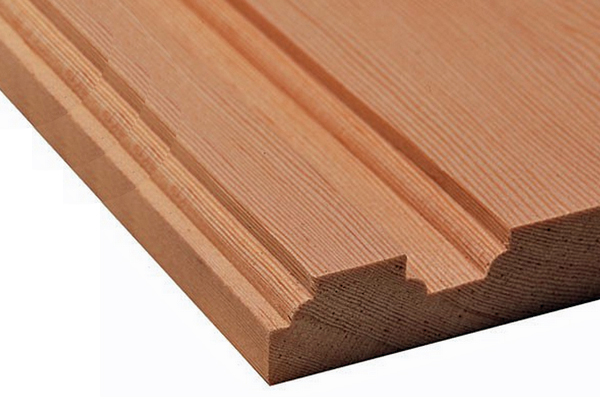 |
As panel router cutters are designed to produce purely decorative cuts, the style you choose is down to personal preference.
When deciding, you should look for the profile that will complement your project in the best way. |
|||







